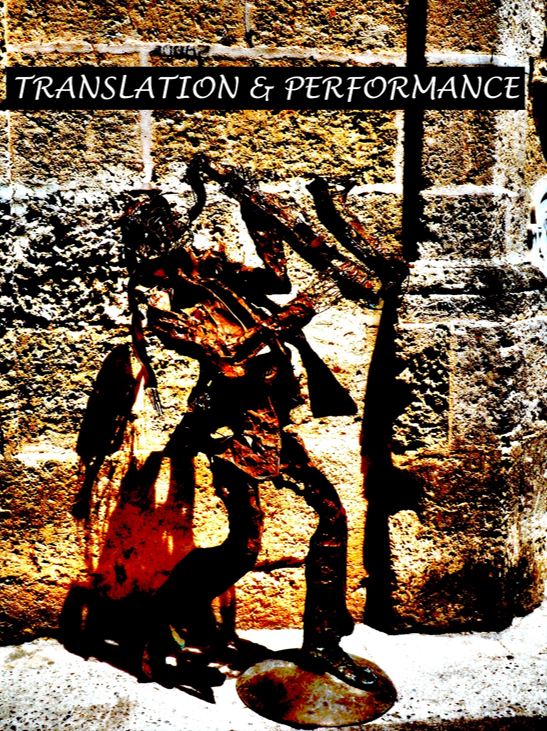The Translation of Graphemes in Anime in Its Original and Fansubbed Versions
DOI:
https://doi.org/10.21992/T9RW5ZKeywords:
Anime, audiovisual translation, graphemes, Kon Satoshi, fansubbing, fansAbstract
Anime, Japanese animation, is massive, with “60% of the animation in the world made in Japan” (Goto-Jones 2009, 3). Anime occasionally makes an innovative use of graphemes on screen, but this has not been studied so far. This study, then, describes and analyses how graphemes have been translated in anime, presenting a series of cases, but concentrating on three particular releases: Gurren Lagann, Kill la Kill, and Tōkyō Godfathers, products that feature a frequent and innovative use of graphemes in its anime. These graphemes are categorised into two types: (1) the ones that are part of the original anime and (2) the graphemes added in fansubbed anime. Much anime is fansubbed (subtitled by fans), and these fans are not constrained by the industry’s rules, meaning that they have complete liberty in subtitling, allowing for really creative forms of subtitling. Even if this freedom can sometimes be taken to the extreme—with subtitles covering the entire screen—fansubs have shown creative subtitling solutions, specially in the case of graphemes that cover a great part of the screen. After describing and analysing these graphemes and how they have been subtitled, this article concludes that, even if fansubs can frequently be excessive, they are at the fore of creativity, and present better solutions than official subtitles in the translation of graphemes in anime.Downloads
Published
Issue
Section
License
Authors who publish with this journal agree to the following terms: a.Authors retain copyright and grant the journal right of first publication with the work simultaneously licensed under a Creative Commons Attribution License that allows others to share the work with an acknowledgement of the work's authorship and initial publication in this journal. b.Authors are able to enter into separate, additional contractual arrangements for the non-exclusive distribution of the journal's published version of the work (e.g., post it to an institutional repository or publish it in a book), with an acknowledgement of its initial publication in this journal. c.Authors are permitted and encouraged to post their work online (e.g., in institutional repositories or on their website) prior to and during the submission process, as it can lead to productive exchanges, as well as earlier and greater citation of published work (See The Effect of Open Access).



